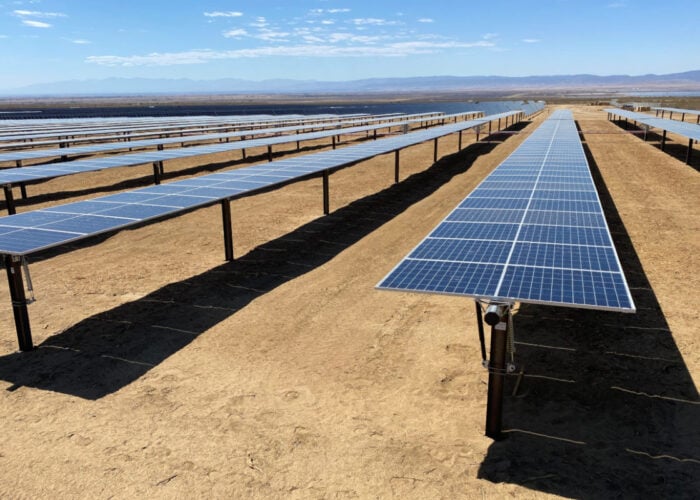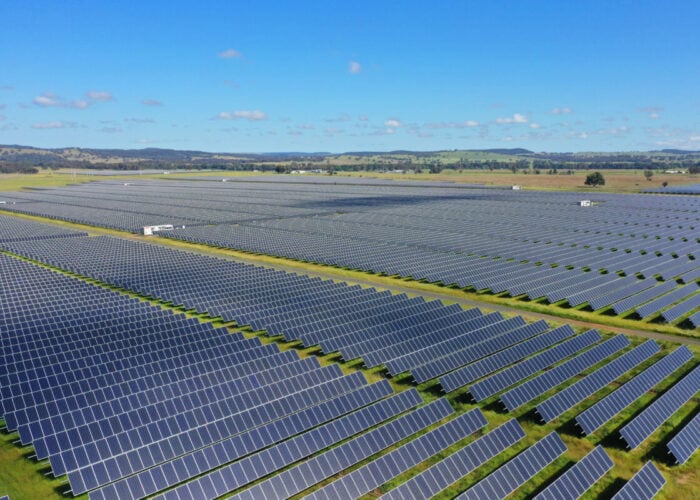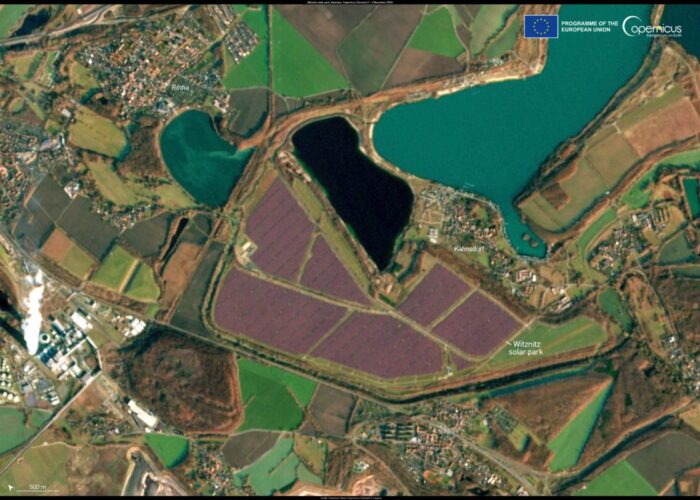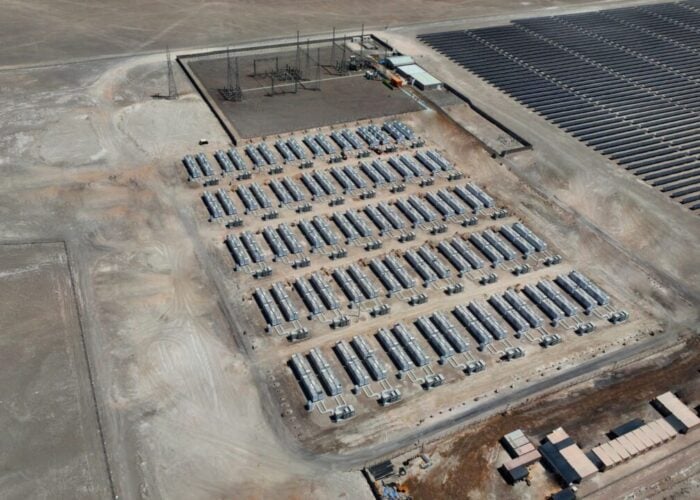Market research firm IHS expects continued adoption of single-axis PV module trackers for large-scale ground mounted PV power plants globally, while it expects the systems to become the preferred technology in North America through the next five years.
According to IHS, global single-axis tracker revenues are expected to increase 120%, to reach nearly US$2 billion in 2019, with deployments increasing on average by 7% per annum and reach 33GW of installs.
Unlock unlimited access for 12 whole months of distinctive global analysis
Photovoltaics International is now included.
- Regular insight and analysis of the industry’s biggest developments
- In-depth interviews with the industry’s leading figures
- Unlimited digital access to the PV Tech Power journal catalogue
- Unlimited digital access to the Photovoltaics International journal catalogue
- Access to more than 1,000 technical papers
- Discounts on Solar Media’s portfolio of events, in-person and virtual
Or continue reading this article for free
“The United States leads growth in the single-axis tracker market,” said Cormac Gilligan, senior analyst, solar supply chain, IHS Technology. “Chile, Mexico and other emerging markets that have high irradiation are also favouring single-axis trackers, especially as prices have fallen rapidly in recent years.”
The US is expected be the largest global market for single-axis trackers in 2019, accounting for 36% of all global installations.
Key to the preference for single-axis trackers in the US market is due to major US-based companies such as SunPower First Solar and SunEdison having extensively used the technology as well as other leading EPC’s in the country.
“When single-axis trackers are installed in high irradiation locations, the additional energy yield means that customers can generate a higher return on investment,” Gilligan said.
IHS also noted that China and India are forecast to rank second and third in the adoption of single-axis trackers, comprising almost 2GW of installations in 2019.
China and India currently prefer fixed-tilt trackers, due to the abundance of large domestic steel manufacturers and low labour cost, suppliers like Tata International are installing seasonally adjusted trackers, which allow the angle of trackers to be changed seasonally by humans, rather than with motors.
However, IHS expects installations with single-axis trackers to increase rapidly, as existing suppliers develop new products and as new suppliers enter the market.
Global installations of single-axis trackers are forecast to reach over 9GW in 2019 driven mainly by the growth of utility-scale installations.







